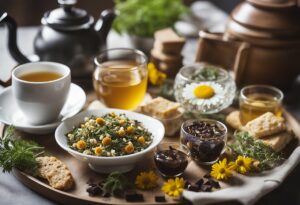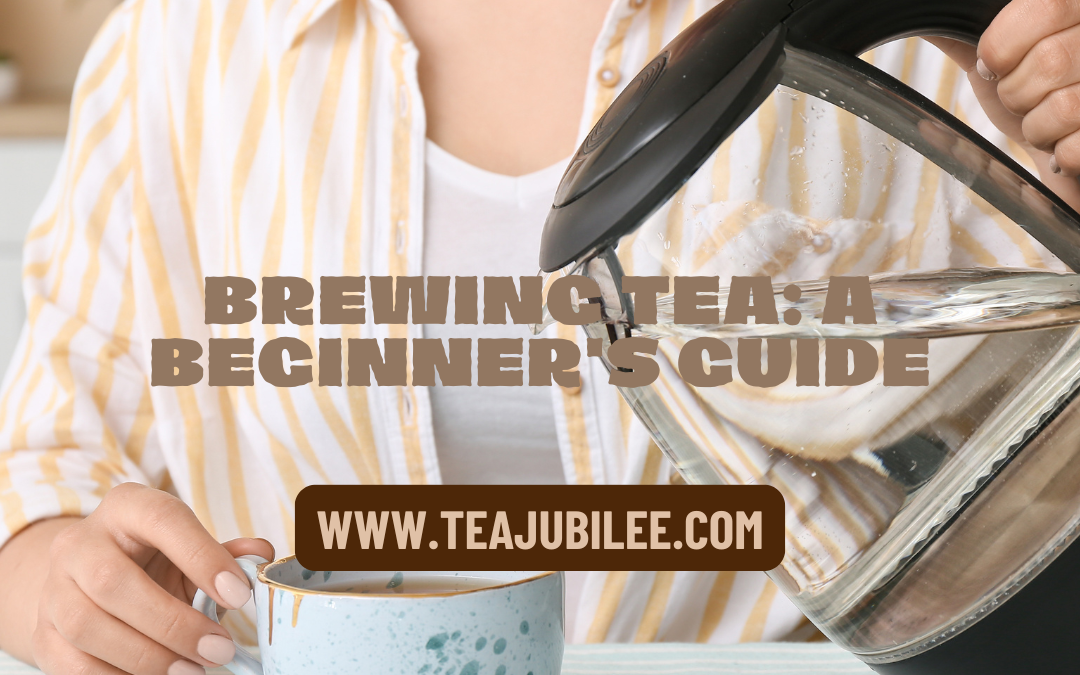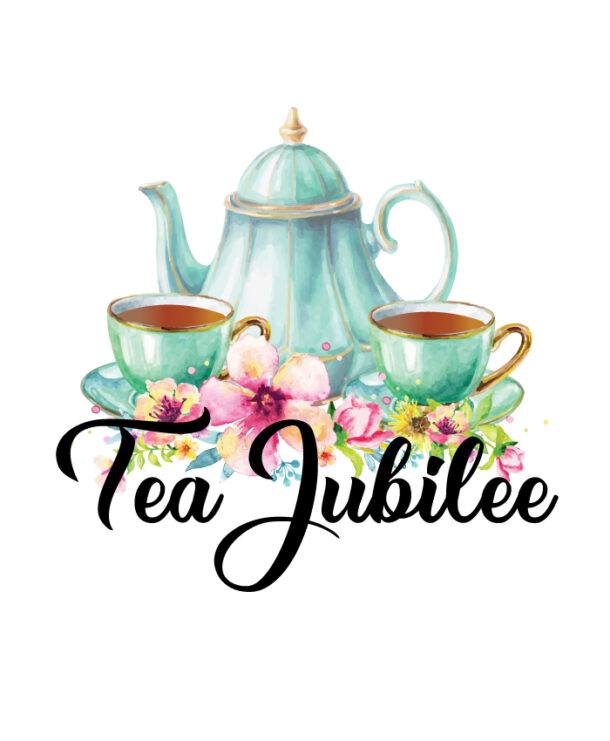==================
A Caveat and Affiliates
First off, a little caveat: within my articles you will find affiliate links, meaning if you buy them, I get a small commission. Your cost is not affected. In addition, I am an Amazon Associate and I earn from qualifying purchases on Amazon.
And yes, if I say that I recommend a product here, it means I truly believe it is a good product. I refuse to recommend any product that I have not researched and believe to be a good value.
Even better, I provide you with a very clear picture of the product, it’s use, and the probable value.
Earning your trust is important to me. I run this website myself and the commissions and donations help support the site.
Sound reasonable and fair enough? Let’s continue to the article.
==================
Contents
Brewing Tea 101
Getting into the fascinating world of tea is like stepping into a whole new universe. There’s so much variety and history, each cup telling its unique story. Let’s start with the basics.
Tea Varieties Unveiled: From the crisp freshness of green tea to the robust depth of black tea, there’s something for everyone. White tea offers a delicate experience, while oolong strikes a perfect balance between green and black. Although technically not true, herbal teas bring their own charm and flavor profiles.
A Slice of History: Tea has been around for thousands of years, originating in China. It traveled the world, influencing cultures and daily routines. Imagine the tea ceremonies in Japan or the British afternoon tea tradition. Each has its unique touch and story.
Health and Relaxation: You’ve probably heard about the health benefits of tea. From antioxidants in green tea to the soothing effects of chamomile, tea can boost your wellbeing. It can help with everything from mental clarity to digestion. Plus, just the act of brewing and sipping can be a therapeutic experience.
Glossary of Tea Terms: Have you ever felt lost with all the tea jargon? Words like ‘oxidation,’ ‘tannins,’ and ‘terroir’ can be confusing. Understanding these terms can deepen your appreciation and help you choose the right tea.
Essential Equipment for the Tea Enthusiast

Getting started with tea brewing means having the right tools in your arsenal. Here’s a breakdown of essential equipment you’ll need to brew like a pro.
To get things brewing, a good kettle is a must. Electric kettles with temperature control are fantastic, giving you precision for different types of tea. Stovetop kettles work, too, and add a bit of traditional charm.
Teapots come in all shapes and sizes, and glass teapots let you watch the tea leaves unfurl, which is pretty cool. Ceramic and cast iron teapots retain heat well, perfect for a longer, leisurely brew.
Infusers and strainers are essential, especially for loose-leaf tea. They let the tea leaves expand, releasing more flavor. Mesh baskets, tea balls, and even disposable filters are some options you can explore.
The water you use can make or break your tea. Filtered water is best, as it’s free from chemicals and impurities that can affect taste. If your tap water is decent, use it, but avoid distilled water as it lacks minerals that enhance flavor.
Fancy some specialty teaware? Gaiwan, Kyusu, and Yixing teapots are worth checking out. A Gaiwan is great for oolong, while a Kyusu brings out the best in green tea. Yixing teapots, made of clay, are reserved for pu-erh and other rich teas, as they absorb flavors over time, creating a unique brew every time.
Caring for your equipment is just as important as choosing the right pieces. Rinse your teapots and infusers with hot water to remove tea stains. Avoid using soap, which can leave residues that might interfere with your tea’s flavor. For tougher stains, a solution of water and baking soda works wonders.
The Art of Brewing: Techniques and Temperatures
Deciphering the perfect brew can feel like a science experiment, but it’s second nature once you get the hang of it. Different teas need different temperatures and steep times; getting this right makes all the difference.
Each type of tea has its sweet spot. Green tea loves water just off the boil, around 175°F (80°C). Too hot, and you’ll end up with a bitter cup. Black tea, on the other hand, enjoys a good boil at around 212°F (100°C).
White and oolong teas are a bit fussy, preferring temperatures between 185°F (85°C) and 200°F (95°C). And don’t forget herbal teas, which also do well with boiling water.
The steeping time is just as important as the water temperature. Green tea usually steeps for 2-3 minutes, while black tea lasts about 3-5 minutes. White tea often needs a bit more time, roughly 4-5 minutes, and oolong can vary quite a bit, from 1 minute to several minutes, depending on the type. Herbal teas can be more forgiving, often needing about 5-7 minutes.
Patience is key to the tea brewing ritual. Take a moment to enjoy the process. Watching the leaves unfurl, smelling the aroma – it’s all part of the experience. Don’t rush it; let the tea have its moment.
A common mistake is oversteeping, which can make your tea bitter or too pungent. If your tea is too weak, add more tea leaves rather than letting it steep longer. Also, using too much tea can be just as problematic, leading to an overpowering brew. Finding the right balance is essential.
Pay close attention to the instructions on your tea package, but don’t be afraid to experiment a bit. You might prefer a bit stronger or milder tea than the recommended parameters. Make it your own.
Enhancing Your Tea Experience
Pairing tea with food can elevate your experience. Black teas pair brilliantly with hearty foods like pastries and meats, while green teas are fantastic with lighter fare like salads and sushi. White teas can be a treat with desserts, and herbal teas often complement fruit and cheese platters perfectly.
Creating a calming tea environment is crucial. Think about your surroundings when you brew. A quiet corner with a comfy chair can make tea time something to look forward to. Add a touch of greenery or some soft lighting to enhance the mood.
Mindful sipping isn’t just a buzzword. Engage all your senses while drinking tea. Notice the steam rising, the color of the brew, and the aroma. Feeling the cup’s warmth in your hands adds another layer of enjoyment.
Don’t hesitate to experiment with tea blends and infusions. Mixing different teas can lead to exciting flavor discoveries. Adding ingredients like mint, ginger, or even a splash of milk can personalize your tea just how you like it.
More From Tea Jubilee.
The Different Shades Of Matcha
And that’s all for today!
Thank you for reading and learning about Brewing tea and how you can make it right at home. If you found this helpful, feel free to comment below and tell me what you think.
Check out the links from tea jubilee to learn more.
Have a great day!




